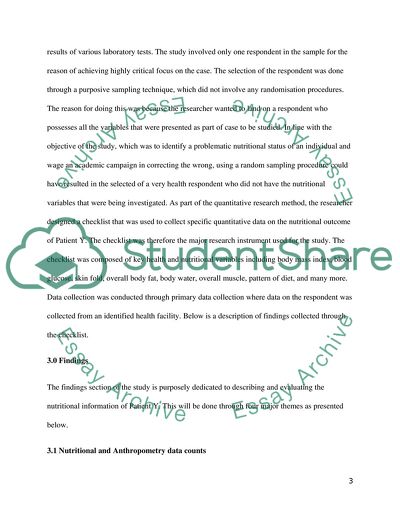Cite this document
(“CASE STUDY: NUTRITIONAL STATUS OF AN INDIVIDUAL Study”, n.d.)
Retrieved from https://studentshare.org/health-sciences-medicine/1626157-case-study-nutritional-status-of-an-individual
Retrieved from https://studentshare.org/health-sciences-medicine/1626157-case-study-nutritional-status-of-an-individual
(CASE STUDY: NUTRITIONAL STATUS OF AN INDIVIDUAL Study)
https://studentshare.org/health-sciences-medicine/1626157-case-study-nutritional-status-of-an-individual.
https://studentshare.org/health-sciences-medicine/1626157-case-study-nutritional-status-of-an-individual.
“CASE STUDY: NUTRITIONAL STATUS OF AN INDIVIDUAL Study”, n.d. https://studentshare.org/health-sciences-medicine/1626157-case-study-nutritional-status-of-an-individual.


